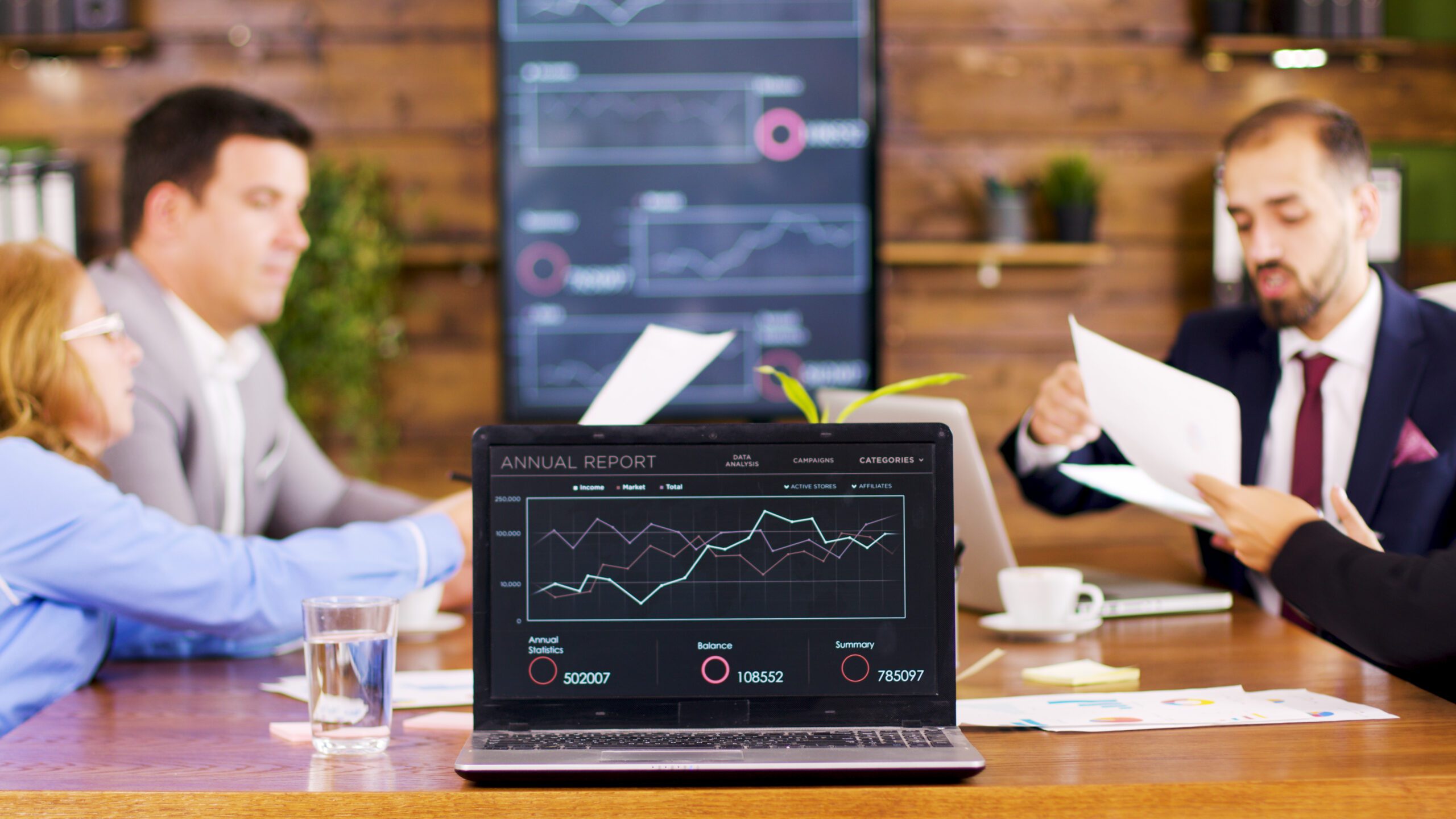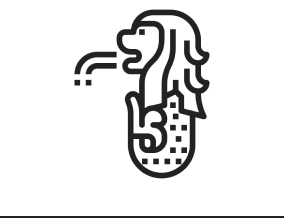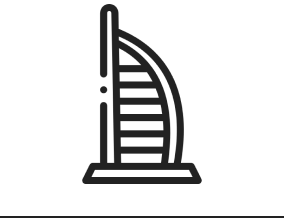As a business intelligence tool, Power BI has revolutionized the way we analyze and visualize data. With its user-friendly interface and robust features, Power BI has become a go-to platform for data enthusiasts and professionals alike. Two of the most critical components of Power BI are Dashboards and Reports. While often used interchangeably, these terms have distinct meanings and purposes. In this blog post, we’ll delve into the differences between Dashboards and Reports in Power BI, helping you to better understand and utilize these powerful tools.
What is a Report in Power BI?
A Report in Power BI is a single page or a collection of pages for data visualizations based on a specific dataset. Reports are designed to provide in-depth analysis and exploration of data, allowing users to drill down into the details and uncover hidden patterns. Think of a Report as a detailed story about your data, where you can explore and analyze different aspects of your data.
Reports typically include:
- Multiple pages or tabs
- Various visualizations such as tables, charts, and maps
- Slicers and filters to narrow down data
- Drill-down capabilities to explore data in detail
What is a Dashboard in Power BI?
A Dashboard in Power BI is a single page that provides a high-level overview of key performance indicators (KPIs) and metrics. Dashboards are designed to give users a quick and easy-to-understand snapshot of their data, allowing them to monitor and track progress toward goals. Think of a Dashboard as a summary of your data, where you can quickly glance at the most important metrics.
Dashboards typically include:
- A single page or canvas
- A limited number of visualizations (usually 5-10)
- Key performance indicators (KPIs) and metrics
- Real-time data updates
Key differences between Dashboard and Report in Power BI
Now that we’ve defined Reports and Dashboards, let’s summarize the main differences:
- Purpose: Reports are designed for in-depth analysis and exploration, while Dashboards provide a high-level overview of key metrics.
- Content: Reports typically include multiple pages, various visualizations, and drill-down capabilities, whereas Dashboards are limited to a single page with a few select visualizations.
- Level of detail: Reports provide detailed insights, while Dashboards summarize key metrics.
- Interactivity: Reports allow users to interact with the data through slicers, filters, and drill-downs, whereas Dashboards are designed for glances and high-level monitoring.
When to use a Report
Use a Report when:
- You need to analyze and explore data in depth
- You want to create a detailed story about your data
- You need to drill down into specific aspects of your data
- You want to create a data-driven narrative
When to use a Dashboard
Use a Dashboard when:
- You want to monitor key performance indicators (KPIs)
- You need a high-level overview of your data
- You want to track progress toward goals
- You need to make quick decisions based on data
Best practices for creating Dashboard and Report in Power BI
When creating Reports and Dashboards in Power BI, keep the following best practices in mind:
- Keep Reports concise and focused on a specific topic or story
- Use clear and descriptive titles and labels
- Use visualizations that effectively communicate insights
- Limit the number of visualizations on a Dashboard
- Use real-time data updates on Dashboards
- Make sure Dashboards are easy to read and understand
Conclusion
In conclusion, while both Reports and Dashboards are essential components of Power BI, they serve different purposes and have distinct characteristics. By understanding the differences between these two, you can create more effective and meaningful visualizations that help you make better decisions. Remember to use Reports for in-depth analysis and Dashboards for high-level monitoring, and follow best practices to create clear and effective visualizations.
Looking for a better way to manage your POWER BI Investments? Explore our managed services for POWER BI which offers expert solutions at pocket-friendly prices.






